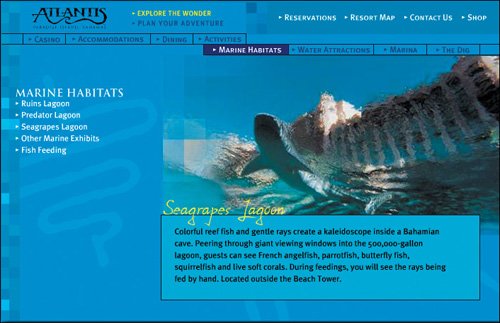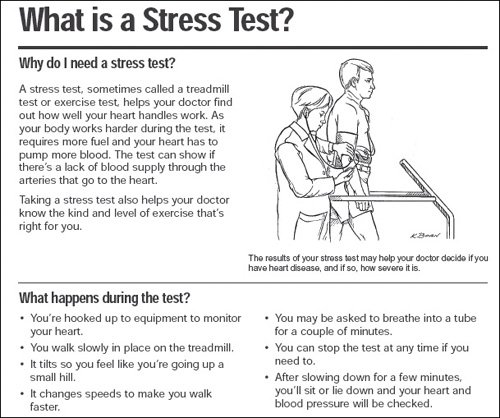How Poor Writing Makes Web Sites Fail
| Disorganized, poorly written content commonly makes users unable to complete basic Web tasks such as choosing a product. In our study, we saw people purposefully navigate to the correct area of a site and still be defeated by convoluted content. They'd stare blankly at screens, baffled by the verbiage. And even after reading the information several times, often they still didn't get it. When users find sites that make it easy to find their answers, they tend to trust and revisit them. Good design gets out of people's way yet helps them satisfy their desire to know. Visual flair can help incite curiosity and interest in the content, but designs with little or no information value don't retain customers. In fact, eye-tracking studies conducted by the Poynter Institute (www.poynter.org/eyetrack2000) found that for online news content, headlines and text are noticed first, even before images. Content should be the focal point on your Web site. (Facing page, top) Good descriptive writing gets noticed. The clear, short blurbs that describe the activities available at this resort impressed users. The enticing tone and clear descriptions gave people positive vibes. While the picture is niceand the text wouldn't work as well without an imagethe words close the deal because they give people a more specific impression of what they will experience if they visit this resort. "In descriptions of each of these things, the grammar and punctuation were very good. I had a good feel about the competency of the company. They had someone review the material and proofread it."  www.atlantis.com People thought the layout and language used to describe this topic was easy to comprehend. Extraneous text is carved out, leaving only the essentials. "This is nice and clear. It's got a picture. The text is nice and bold with lots of bullet points… [The page uses] simple words: 'You're hooked up to equipment to monitor your heart.' It's everyday language."  www.americanheart.org Unfortunately, not all pages on the American Heart Association site are written clearly. For example, the organization's information regarding stem cell research is repetitious. Rather than get to the main point, it repeats secondary information such as the organization's policy and funding practices. The over-emphasis on auxiliary details causes people to question the association's motive. Rather than provide information on the potential of stem cell therapies, the site focuses on political obstacles to the expansion of stem cell research, which users view as self-serving. In addition, bolding words such as "adult" and "pluripotent" doesn't help because it is given no context and so seems arbitrary. Few people know what pluripotent means, but the site provides no definition. "What's sticking out is that the American Heart Association does not fund any research involving embryonic tissue. It already told me that up front. Also, it says the American Heart funds meritorious research. I don't know why it's telling me that. I find that it's self-congratulatory." "Having spent a couple of minutes on this site, I don't find that I am any wiser than when I started. I would go somewhere else to find out any more details in a simpler format. I am taking a disliking to the American Heart Association as a result."  www.americanheart.org Content writers commonly assume that users understand the distinctions among the products and services touted on their Web sites, but that's a mistake. For example, many people who visit investment sites are baffled by industry-specific terms such as "brokerage," "annuities," and "mutual funds," all of which are familiar if you work in the financial world. If potential investors come to your site to learn more but feel bombarded by unfamiliar jargon with no clear way to find the information, they may well go elsewhere. Many people had difficulty deciphering the difference between the various investment options on this site. Financial jargon compounded with superfluous writing makes it impossible for people to make confident product decisions. For example, the description for Rollover IRAs rambles on about trying out investment tools and articles but doesn't directly say what this option actually is. "I'm not familiar with all this stuff. I would read more about it and maybe talk to somebody. The language here is too difficult for people to understand." "This [site] gives me a lot of information. Understanding it not!"  www.bankone.com |
EAN: 2147483647
Pages: 107